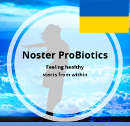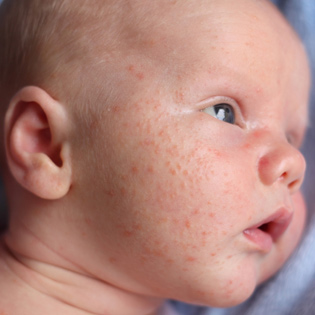Eczema is Greek for effervescing, bubble or boils over. It is also known as atopic dermatitis.
Symptoms
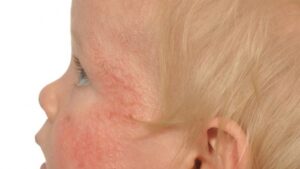
It is common with about 30 million Americans suffering from it.
The skin becomes rough and inflamed with blisters. It is very itchy to the point sufferers scratch until they bleed. This damage aggravates the condition resulting in an itch-scratch cycle. The damage to the skin releases histamine, which causes inflammation and further itching, causing more scratching and so on.
Eczema can occur anywhere but often on the elbows and behind the knees. In babies, it seems to occur more on the face especially cheeks and chin as well as the scalp. Arms and legs are also affected. The rash can appear different on each person and on the same person at different times and on different parts of the body.
Types of Eczema
For our purposes, we will divide eczema into two basic types, dry snd weeping or wet eczema. The normal classifications are
- Atopic dermatitis
- Contact dermatitis
- Dyshidrotic eczema
- Discoid eczema or Nummular dermatitis
- Stasis dermatitis or Varicose eczema
- Xerotic eczema or Asteatotic eczema
You can click on the links if you are interested in those. They are out of the scope of this article.
Dry eczema
The symptoms are dry skin. It is red and inflamed as well as being very itchy. Your skin is a barrier between the soft wet interior of your body and the harsh conditions of our environment. Eczema breaks down the barrier and exposes the sensitive and susceptible interior of your body. This leads to further drying and further irritation and it seems to spread across your body.
Weeping Eczema
This is a more serious problem. As we said earlier these are not the usual classifications but I just want to highlight the normal (dry eczema) and this wet eczema.
The wet or weeping eczema is due to an infection of dry eczema. This can become a very serious problem. The infection has to be treated first and then eczema when using either conventional treatment or our recommendation.
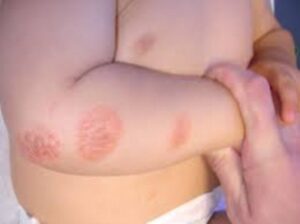 Eczema Treatment
Eczema Treatment
According to some conventional medical professionals, there is no known cause and no known cure. They tend to treat symptomatically i.e. use steroid creams and cortisone tablets amongst other things.
I look at the fact that C-section babies are very prone to this condition and I have treated many of them with probiotics with amazing results and I see a link between the bacteria (probiotics) we have in and on us and this condition.
C-section babies do not go down the mothers birth canal and do not get the mothers bacteria and have a compromised immune system. Adults can develop similar problems due to excessive antibiotics, antibacterial soaps, bad diet and lack of exercise.
This is an autoimmune disease
- The inflammatory response is initiated by the body, resulting in a build-up of inflammatory T-Cells that in this case accumulate in the skin.
- Regulatory response removes these T-Cells and this is controlled by the bacteria in the gut, such as B.fragilis.
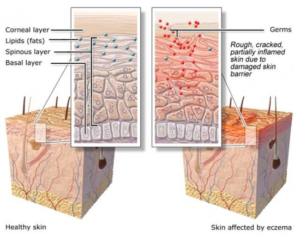
Part of the answer for adults is to stop antibiotics, use normal soap, lose weight, do some exercise and most important take at least one Noster ProBiotic® a day.
For babies and children, get a pet, especially dogs, stop worrying about being excessively clean. Allow them to get dirty, play in the mud and NEVER use antibacterial soap. Lastly, give them a Noster ProBiotic® a day.
The other part of the answer is the Hygiene Hypothesis. This is about building your immune system via exposure to probiotics and growing them in your body.
For immediate relief, I would suggest Eucerin® creams and lotions. Use the ones containing urea.
